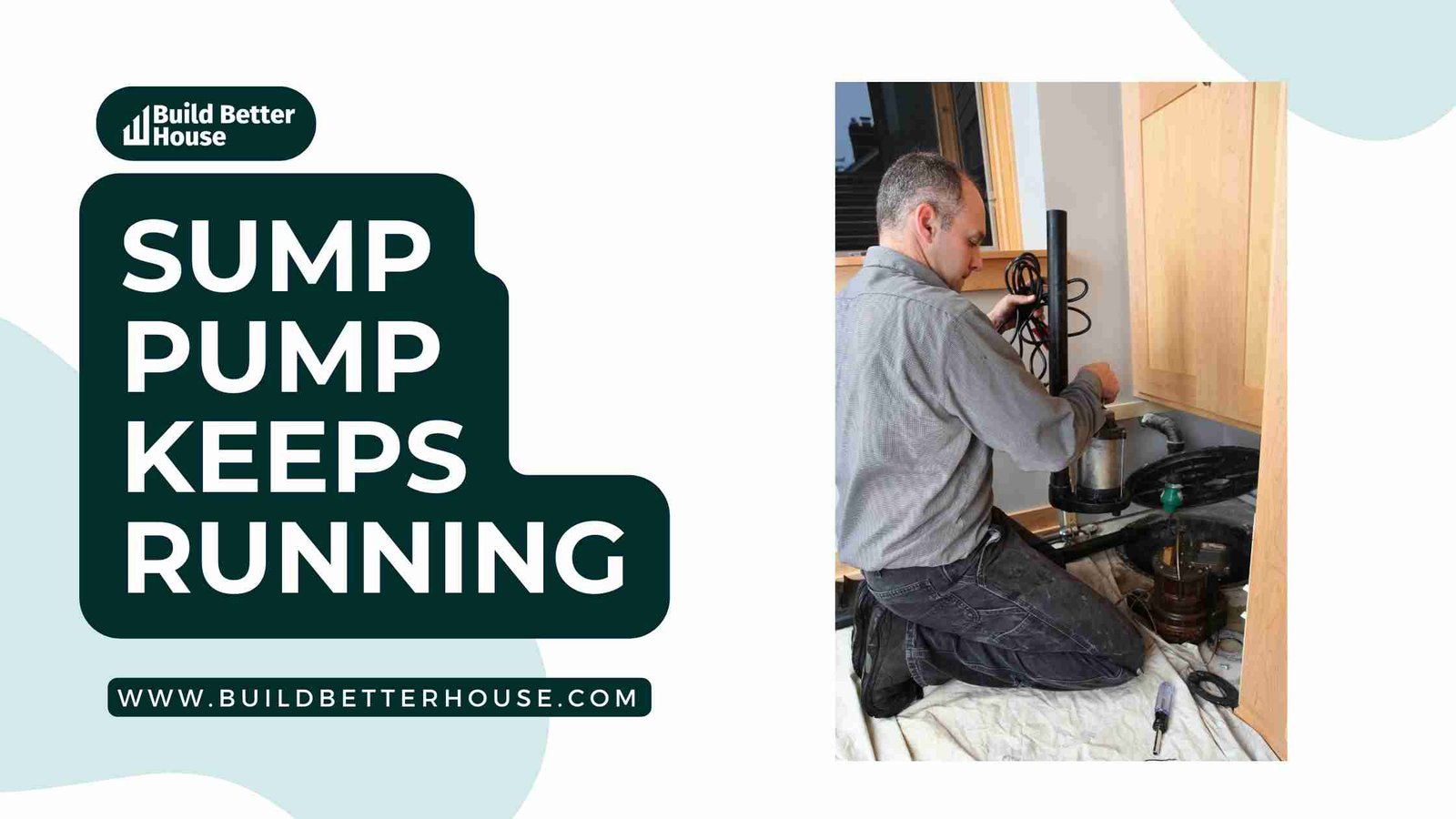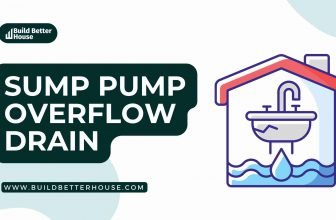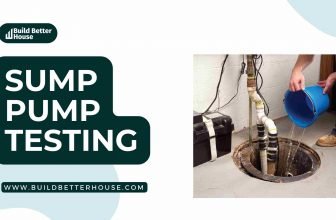Your Sump Pump Keeps Running: Why & How To Fix It?

Sump pumps can keep water out of your home and protect your house from structural damage. However, there are some issues if your sump pump keeps running non-stop. Sump pumps are irritating enough when they run continuously — but keeping them going is even more so!
This article will explain why your sump pump keeps running and how to repair it.
Your sump pump keeps running: How long?
Most sump pumps can operate as long as the pit contains water. As long as there are no mechanical issues or power interruptions, a well-built and maintained pump can run continuously for several hours. If your pump is constantly operating, you might need a more robust pump to check for minor issues that could develop into larger ones over time.
Your sump pump keeps running: Why?
A sump pump keeps water away from your home by temporarily moving water from your home’s lowest point. Your sump pump; pumps water back out and into your yard.
Analyzing and understanding what’s wrong with your sump pump and why your sump pump keeps running can undoubtedly assist in addressing your problem quickly and consume less time; let’s take a look at some common reasons:
Dirt & debris in the well
If your well is clogged with dirt or debris, your sump pump can’t pull water from the well. So, the sump pump keeps running until the water level in the well rises high enough to trip a switch.
High water table
In case your property’s water table is high, your sump pump might run constantly. A high water table is prevalent in areas that have been flooding.
Incorrect pumping schedule
Sump pumps generally have a two-stage pumping process that includes a short cycle followed by a longer cycle. If you’re running a shorter or longer cycle than usual, your sump pump keeps running until you fix the problem.
Float switch malfunction
The float switch determines when to activate the sump pump; It is a part that floats on top of the water and rises when the pit fills. The pumping sequence starts when the float reaches a predetermined point, activating the float switch. The hidden pump draws water in, which is forced up the discharge pipe and released outside or into the storm drain system.
Ensure the sump pump’s electrical line isn’t entangled with the float or the arm. If the float is free to move without any interruptions, the float switch can break.
It’s possible to get replacement parts online or at most home improvement stores, but crucial to have the right float switch for the sump pump model. It would be wiser to replace the entire sump pump if the repair is not readily available, is too expensive, or is too difficult.
Faulty check valve
Your sump pump may cycle if there isn’t a working check valve since the same water may be flowing up and down the line repeatedly.
On the discharge pipe, above the sump pump, is where the check valve is situated. Water cannot flow down the discharge pipe and back into the pit because of the one-way valve.
Check to see if a check valve fits first. Check valves, like most plumbing parts, can become worn out or malfunction over time. Sometimes novice homeowner tries to install a sump pump themselves and overlooks this vital step.
Removing and replacing a check valve is relatively easy because ring clamps secure most. Just make sure the discharge pipe is on the right side.
Clog in the discharge pipe
The remaining discharge pipe should be examined for obstructions if everything inside the pit seems to operate as it should. It is typical for silt to accumulate or the line to become clogged where it empties outdoors, which could cause water to become trapped in the sump pump system.
Try putting a wire hanger or drain snake into the discharge pipe to clear any obstructions. It would help if you didn’t put a liquid drain cleaner in the pit or the sump pump.
Seasonal Problems
Knowing seasonal patterns is crucial if you’re new to a place. Your sump pump keeps running more frequently than usual during the rainier months of the year may be completely normal. If you’re buying a new home, ask your realtor if there are any water issues you should be aware of during the rainy season.
Issues with constant moisture
This alone may be enough to give the impression that your sump pump is continually operating if you have a water leak that is growing worse. It is also possible that the sump pit under your home is full of water.
A sump pump keeps running continuously if the water table is consistently at or just below the level of your basement. Although sinking a sump pump low is ideal, there are situations when raising it just a little bit will stop the sump pump from not shutting off while still keeping your basement dry.
Obstructed check valve
A jammed cutoff or check valve prevents the pump from getting the signal to turn off.
Sometimes the issue is debris. If you have a less expensive model of a sump, the pump valve may occasionally become stuck in the system.
This is another reason why making a quality sump pump system investment can pay off in the long run.
Your sump pump keeps running: Tips to resolve
Check out these practical tips to prolong the life of your sump pump if you want to save money:
- Sanitize and clean
A clean sump pump operates more effectively, and an adequate sump pump reduces system wear and tear. Make sure to periodically clean and disinfect your sump pump if you want to wait to buy a new one.
- Examine & test
Pour water into the basin to check the functionality of your sump pump. Watch if the float switch changes position in response to the water level. Your system will live longer if it runs properly.
- Wipe the drain pipes
Clean up any dirt or other obstructions from the drainage lines to allow water to flow normally. Additionally, look for any leaky pipes. You can prevent damage and premature wear and tear on your sump pump by taking these two actions.
- Level it
The float arm will only move if your sump pump is level. Ensure that your system positions on a flat surface or level ground.
- Analyze the power source
Making sure your sump pump is plugged into a power source is the most straightforward approach to ensure optimal operation and lengthening its lifespan.
Wrapping up
A sump pump keeps water out of the lowest point in your home. So, now that you know why the sump pump keeps running and how to fix it, owing to this article, you can deal with the problem or fix it quickly!
You might have a broken float switch, a broken check valve, a broken sump pump switch, or a broken timing belt. Issues with moisture and water are critical. When it comes to sump pumps and steam, procrastination can cause damage costing thousands of dollars and harmful circumstances for you and your family.
An expert in sump pump systems can help you make sure your system is in good working order and, more precisely, identify problems, so you save time and money on fixes that don’t work out as you had hoped.
Read more:
7 Best Hot Water Recirculating Pumps in 2023: Tested & Compared
Ideal French Drain Gravel Size For Your Yard: Everything You Need To Know
How To Stop The Pool Pump From Making A Humming Noise?
How Much Does Backflow Testing Cost? The Ultimate Guide
Sprinkler Backflow Preventer Leaking- How To Fix?






